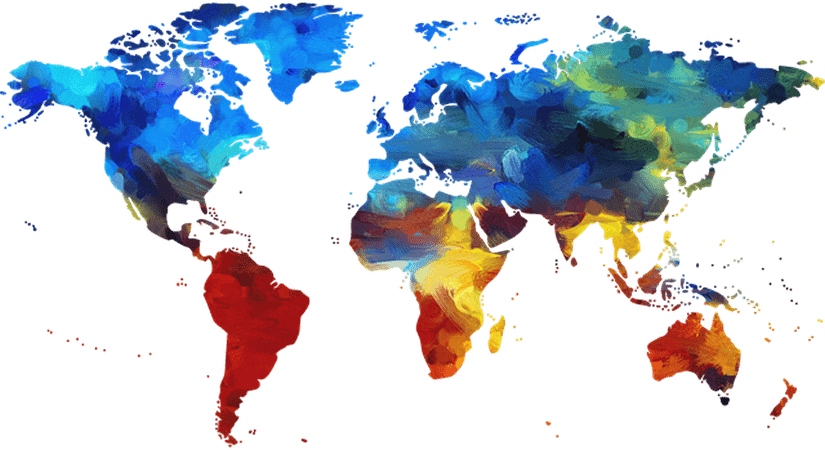2-Year U.S. bond: Look at this dramatic rise in yield in just six months
By Elliott Wave International
The era of rock-bottom interest rates (or bond yields) appears to be coming to an end and the consequences will be excruciating for many.
Remember, the world is awash in outstanding corporate, student, government and personal debt.
The ability to service that debt will be seriously hindered by rising interest rates.
At this juncture, let’s look at one measure of how much rates (or bond yields) have already risen. This is a chart of the yield on the U.S. 2-Year bond:

As you can see, in just the last six months, two-year interest rates in the U.S. have risen from .2% to more than 2%. That’s a TENFOLD increase.
Free Reports:
 Get our Weekly Commitment of Traders Reports - See where the biggest traders (Hedge Funds and Commercial Hedgers) are positioned in the futures markets on a weekly basis.
Get our Weekly Commitment of Traders Reports - See where the biggest traders (Hedge Funds and Commercial Hedgers) are positioned in the futures markets on a weekly basis.
 Download Our Metatrader 4 Indicators – Put Our Free MetaTrader 4 Custom Indicators on your charts when you join our Weekly Newsletter
Download Our Metatrader 4 Indicators – Put Our Free MetaTrader 4 Custom Indicators on your charts when you join our Weekly Newsletter
Here’s what that means: Suppose a company must borrow money to keep the business operating — let’s say a billion dollars. Six months ago, that debt would cost $2 million to service. Now — it costs $20 million a year to maintain. As a colleague put it, “that’s a lot of snacks in the breakroom.”
Also imagine all the public debt at every level of government. That debt must also be serviced. Of course, it’s the beleaguered taxpayer who will be on the hook. The average interest rate paid on the national debt in 2021 was approximately 1.5%. That’s a very low percentage historically, yet it amounted to $562 billion. Imagine if rates rise significantly from here!
The headline of a Jan. 25 article in The Hill asks:
Can our nation afford higher interest rates with the current national debt?
That national debt now exceeds $30 trillion.
The silver lining around this cloud is that the financially conservative who put their money into savings accounts will finally have something to smile about.
The question is: How high will interest rates or bond yields rise?
Elliott wave analysis of the bond market offers a big clue.
If you’d like to learn how the Elliott wave method can help you forecast widely traded financial markets, you are encouraged to read Frost & Prechter’s Elliott Wave Principle: Key to Market Behavior. Here’s a quote from the book:
In markets, progress ultimately takes the form of five waves of a specific structure. Three of these waves, which are labeled 1, 3 and 5, actually effect the directional movement. They are separated by two countertrend interruptions, which are labeled 2 and 4. The two interruptions are apparently a requisite for overall directional movement to occur.
[R.N.] Elliott noted three consistent aspects of the five-wave form. They are: Wave 2 never moves beyond the start of wave 1; wave 3 is never the shortest wave; wave 4 never enters the price territory of wave 1.
Get more insights into the Wave Principle by reading the entire online version of this Wall Street classic for free.
You can get this free access by joining Club EWI, the world’s largest Elliott wave educational community. Club EWI membership is free and allows your complimentary access to a wealth of Elliott wave resources on investing and trading.
Follow this link to get started: Elliott Wave Principle: Key to Market Behavior — free and unlimited access now.
This article was syndicated by Elliott Wave International and was originally published under the headline Interest Rates: How This 1000% Increase Will Overwhelm… Everything?. EWI is the world’s largest market forecasting firm. Its staff of full-time analysts led by Chartered Market Technician Robert Prechter provides 24-hour-a-day market analysis to institutional and private investors around the world.

- Bitcoin price is approaching 100,000. Natural gas prices rise due to declining inventories and cold weather Nov 22, 2024
- USD/JPY Awaits Potential Stimulus Impact Nov 22, 2024
- RBNZ may cut the rate by 0.75% next week. NVDA report did not meet investors’ expectations Nov 21, 2024
- NZD/USD Under Pressure Amidst USD Strength Nov 21, 2024
- USDJPY bulls venture into intervention zone Nov 20, 2024
- The PBoC kept interest rates. The escalating war between Ukraine and Russia is negatively affecting investor sentiment Nov 20, 2024
- AUD/USD Consolidates After Recent Gains Nov 20, 2024
- The RBA will maintain a restrictive monetary policy until the end of the year. Nov 19, 2024
- Safe-haven assets rally on nuclear concerns Nov 19, 2024
- Gold Rebounds Amid USD Weakness and Geopolitical Uncertainties Nov 19, 2024
